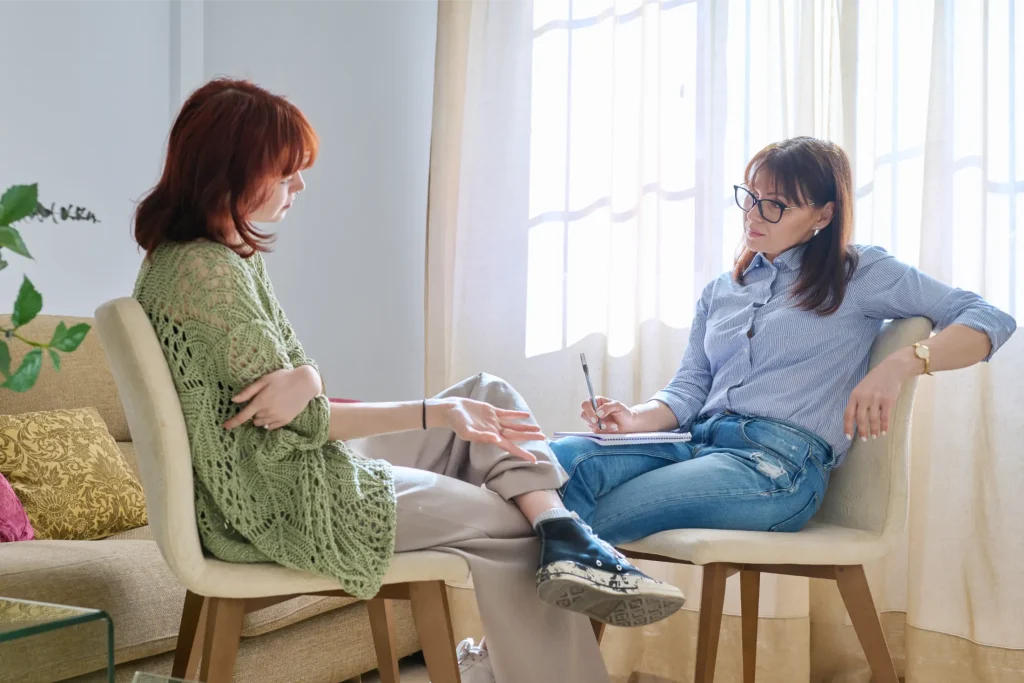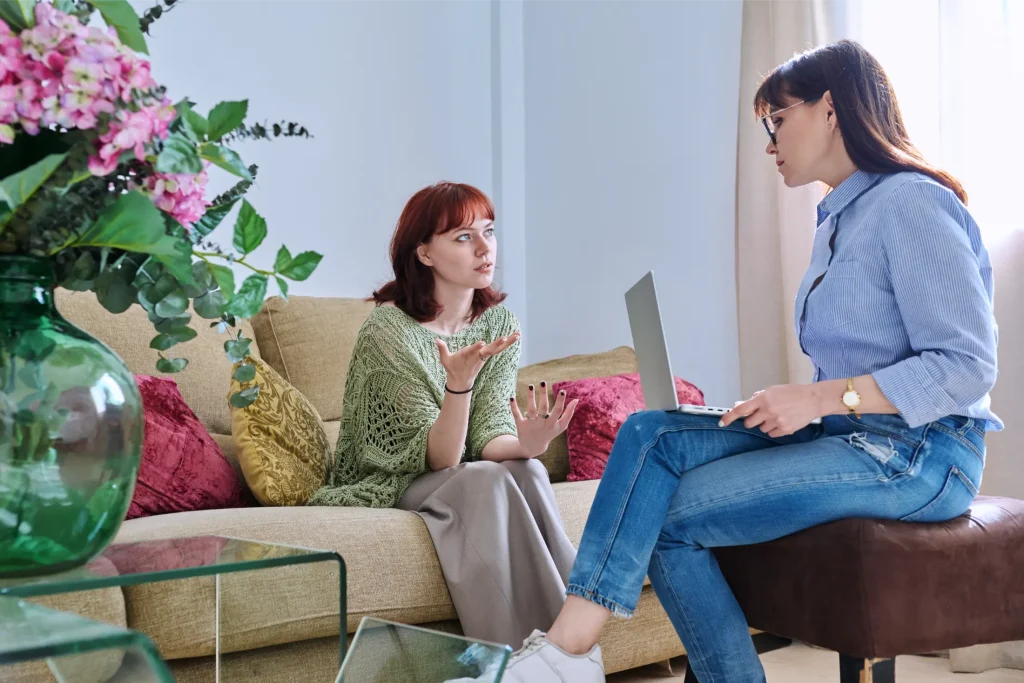Engaging Adolescents in Therapy
Talking about therapy in general can feel a bit taboo, despite it being normalised now. For parents and carers, this can feel even more challenging. Particularly if each person’s view is different. At times uncertainty about the process, disagreement about the purpose or benefit can leave parents, carers and young people in a tug of war.
Unsurprisingly, a young person’s initial experience of seeking help influences their later help seeking behaviour and their preference to do therapy are linked better outcomes.
So, if you’re thinking about having the conversation, here are some considerations to help determine a way forward.
Shifting away from a problem-based narrative
We can all become automatic in our interactions with family, particularly with the added pressures of fitting in work, study, social life, family time, recreation, exercise, appointments the list goes on. With time pressures and limited emotional bandwidth given all our day-to-day demands, it can be easy to just say “why don’t you change” and launch into what is wrong. This can be relieving in the immediate, and the message can be experienced as understandably quite criticising for the receiver. The young person may view this differently or have their own thoughts, so it’s important to get on the same page at the start.
Some ways of starting the conversation might include:
"I’ve noticed this, have you noticed this? I am feeling worried about it"
“Do we share the same view of this?” “Are you concerned as well?” “How would you feel about me offering ideas?” “What would you be willing to try?” “Do you have worries or concerns about trying any of the things we have spoken about?”
Starting with “you care” can help young people feel less criticised (or anyone really). It also helps to externalise the “problem” with the young person and can be a gentler approach that reduces shame. This takes the conversation from “you are the problem” to I have noticed “something” (e.g., “the worry”, “the sadness”). It sounds small, but it allows you to develop a shared understanding through listening and to set targets or generate ideas (e.g., what can we do). This allows the conversation to take on a more collaborative quality rather than focus on what is wrong. Just remember it is just as important to listen as to formulate a plan. Often listening first helps you to understand and have more creative and collaborative solutions.

Try to balance your boundaries and the young persons need for autonomy
You have concerns but you’ve hit a roadblock. They simply will not come or will not talk to their therapist. This is first worth checking out with as much curiosity as possible with the young person.
Some ways of keeping the conversation going with curiosity might include:
What are the barriers for you?
“I feel that it would be helpful, my concerns are…”, “Is it a good fit with the therapist?”, “Is there something about their style they can change that will help?”
Most, if not all therapists, will be open to having those conversations, and will try to work with you and the young person to make it a place they can engage. Having these conversations and reviewing it with everyone can hopefully help you find someone that does fit or resolve what’s happening and move forward in another direction.
This might it’s just not the right time for the young person simply and it might be worth giving the conversation some breathing room. Afterall, the need to individuate, or being different or separate from family, is normal in adolescent development and greater autonomy is linked to better mental health outcomes for young people.
This might mean respecting the young person’s need for choice. Particularly if the concerns aren’t life-threatening or result in serious consequences, it might be worth considering coming back to it. If these concerns are big and there could be serious consequences, it can be worth speaking with a GP about referral either within the primary care (e.g., privately) setting, or tertiary care setting (e.g., public health care services).
We are all susceptible to urge to fix (therapists included) sometimes this means we can become very solution focused and have a strong need for a quick turnaround. This can sometimes result a battle of will between parents, carers, and young people. Approaching with a tentative stance and curiosity, can help give the young person a sense that this is their choice too. It can also be a conversation you hit pause on and return to if you feel you both aren’t in agreement.

Modelling
Another option is to do some radical modelling of help seeking. Modelling is a foundational way we learn and can shape others behaviour. Attending your own sessions can also be a way to manage or work through your own experience of what is happening.
Depending on the age and stage of the young person it can also be appropriate attend some sessions yourself advice on skills coaching around helping them managing emotion or even as a family (check with your therapist about this).
With some help from a therapist, you, or your family with come up with some tools that may assist with being so can be a bit of a coach at home. There are also some great programs out there for caregivers (e.g., Tuning Into Teens) that you can google or self-refer. Programs likes these tend of focus on practical skills for parents or carers to help become emotion coaches.


